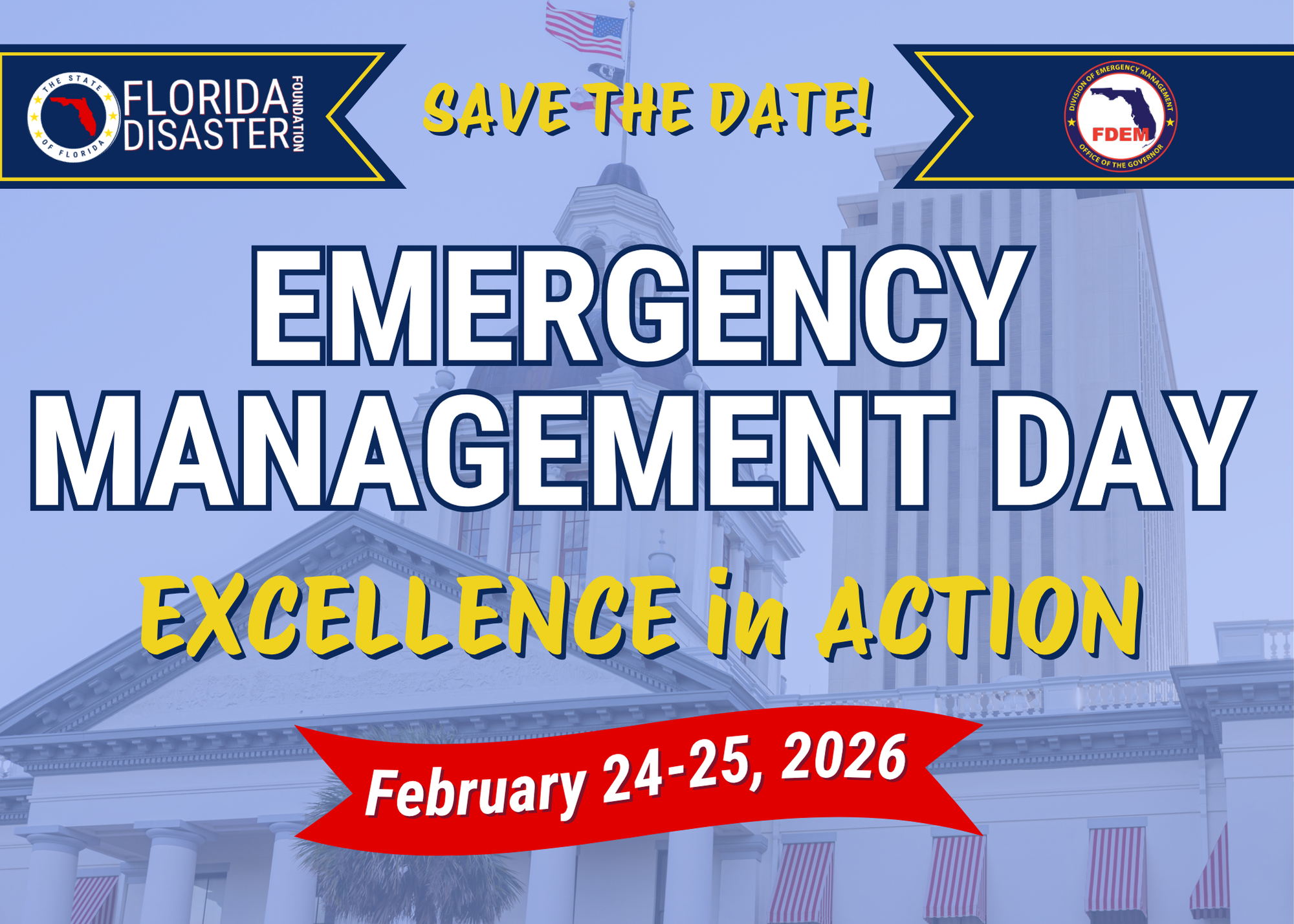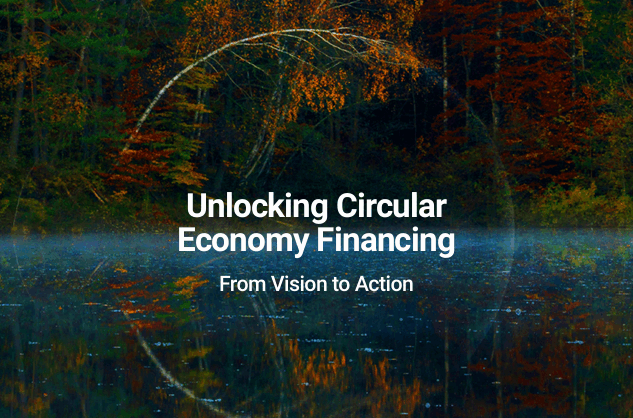EM Day 2026 – Florida Disaster

Event Overview: Fostering Resilient Communities through Strategic Collaboration
The Florida Division of Emergency Management has announced the 6th annual Emergency Management Day (EM Day), scheduled for February 24-25, 2026. Under the theme “Excellence in Action,” the event will convene emergency management professionals to advance the critical mission of building resilient communities across Florida. This initiative directly supports the achievement of key United Nations Sustainable Development Goals (SDGs) by enhancing statewide capacity for disaster risk reduction and management.
Alignment with Sustainable Development Goals (SDGs)
EM Day is fundamentally aligned with the global 2030 Agenda for Sustainable Development. The event’s objectives and activities are designed to contribute directly to the following goals:
- SDG 11: Sustainable Cities and Communities: The primary focus of EM Day is to make communities more inclusive, safe, resilient, and sustainable. By fostering collaboration and knowledge sharing, the event directly addresses Target 11.5, which aims to significantly reduce the impact of disasters on populations and economies.
- SDG 13: Climate Action: In a region susceptible to climate-related hazards, the event is crucial for strengthening resilience and adaptive capacity, in line with Target 13.1. It provides a platform for professionals to develop strategies for climate change adaptation and disaster mitigation.
- SDG 17: Partnerships for the Goals: EM Day exemplifies Target 17.17 by creating a multi-stakeholder partnership involving government agencies, legislators, and private sector entities. This collaboration is essential for mobilizing resources and expertise to achieve resilience goals.
- Supporting Goals: The event also supports SDG 3 (Good Health and Well-being) by improving emergency response systems that protect public health, and SDG 9 (Industry, Innovation, and Infrastructure) by promoting the development of resilient infrastructure.
Program and Objectives
Core Objectives
The event is structured to achieve several strategic objectives integral to advancing community resilience:
- Enhance Professional Networks: To facilitate collaboration among emergency management professionals, strengthening the human infrastructure required for effective disaster response.
- Promote Legislative Engagement: To advocate for policies and resources that support disaster risk reduction and sustainable community development.
- Expand Knowledge Base: To share best practices and innovative solutions in emergency management, contributing to a more informed and capable professional community.
- Foster Collaborative Action: To build partnerships that translate into tangible projects for building more resilient communities statewide, directly contributing to SDG 11.
Event Schedule
- February 24, 2026: Welcome Reception
- February 25, 2026: Full-day session commencing at the FSU Turnbull Center and transitioning to the Florida Capitol, concluding on Adams Street.
Logistical and Participation Details
Registration and Accommodations
To facilitate participation in this critical initiative, logistical arrangements have been made for attendees.
- Registration: Professionals are invited to register to attend the event.
- Hotel Accommodations: A block of rooms has been reserved at a state rate of $225/night. The deadline for booking is Friday, January 23, 2026.
- Hampton Inn & Suites Tallahassee Capitol
- Hyatt House Tallahassee Capitol
- Transportation: A shuttle service will be provided for attendees between the designated hotels and the event venues to ensure seamless participation.
Call for Partnership and Sponsorship
Contributing to Sustainable Development
Organizations are invited to sponsor EM Day, presenting an opportunity to demonstrate a commitment to corporate social responsibility and the Sustainable Development Goals. Sponsorship supports a vital platform for enhancing community resilience and disaster preparedness across Florida. By partnering with this event, sponsors contribute directly to creating safer and more sustainable communities for all.
1. Which SDGs are addressed or connected to the issues highlighted in the article?
The article, which announces an Emergency Management Day event in Florida, primarily connects to the following Sustainable Development Goals (SDGs) through its focus on building resilient communities and fostering collaboration among various stakeholders to manage disasters.
-
SDG 11: Sustainable Cities and Communities
This goal is directly addressed through the event’s stated purpose to “collaborate to build more resilient communities statewide.” Emergency management is a critical component of making cities and human settlements safe and resilient, particularly in the face of natural disasters and other emergencies.
-
SDG 13: Climate Action
While not explicitly mentioning climate change, emergency management in a state like Florida is intrinsically linked to climate action. The need to build resilient communities is often driven by the increasing frequency and intensity of climate-related hazards such as hurricanes. Strengthening emergency management capabilities is a key aspect of adapting to the impacts of climate change.
-
SDG 17: Partnerships for the Goals
The article highlights the collaborative nature of the event, which brings together “emergency management professionals,” “legislators,” and private sector sponsors. This multi-stakeholder approach is the essence of SDG 17, which emphasizes the importance of partnerships between government, the private sector, and civil society to achieve sustainable development objectives.
2. What specific targets under those SDGs can be identified based on the article’s content?
Based on the event’s objectives and structure described in the article, several specific SDG targets can be identified:
-
Under SDG 11 (Sustainable Cities and Communities):
- Target 11.5: “By 2030, significantly reduce the number of deaths and the number of people affected and substantially decrease the direct economic losses relative to global gross domestic product caused by disasters… with a focus on protecting the poor and people in vulnerable situations.” The entire purpose of the Emergency Management Day is to improve the systems and collaborations that work towards this target by building community resilience.
- Target 11.b: “…implementing integrated policies and plans towards… mitigation and adaptation to climate change, resilience to disasters, and develop and implement… holistic disaster risk management at all levels.” The event’s aim to help professionals “expand their knowledge, and collaborate” directly supports the development and implementation of such plans.
-
Under SDG 13 (Climate Action):
- Target 13.1: “Strengthen resilience and adaptive capacity to climate-related hazards and natural disasters in all countries.” The event’s theme of building “more resilient communities statewide” is a direct action towards strengthening resilience and adaptive capacity, particularly in a region prone to climate-related disasters.
-
Under SDG 17 (Partnerships for the Goals):
- Target 17.17: “Encourage and promote effective public, public-private and civil society partnerships…” The event itself is a clear example of a public-private partnership. It is organized by the Florida Division of Emergency Management (public) and actively seeks and showcases corporate sponsors (private), as seen in the “Interested in Sponsoring?” and “Thank you to our EM Day 2025 Sponsors!” sections.
3. Are there any indicators mentioned or implied in the article that can be used to measure progress towards the identified targets?
The article, being an event announcement, does not provide quantitative data but implies several process-based indicators that can be used to measure progress:
-
Implied Indicators for Targets 11.5, 11.b, and 13.1:
- Existence of a dedicated forum for collaboration: The “6th annual Emergency Management Day” itself serves as an indicator that a regular, institutionalized platform exists for stakeholders to collaborate on disaster resilience.
- Number and diversity of participants: The article mentions the event is for “emergency management professionals from across Florida” and provides an opportunity to “engage with their legislators.” The number of attendees from these different groups could be a metric for engagement in disaster risk reduction planning.
-
Implied Indicators for Target 17.17:
- Number and level of private sector sponsorships: The article explicitly calls for sponsors and thanks existing ones, categorizing them from “Cat 1” to “Cat 5.” The number of companies sponsoring the event and their level of contribution are direct indicators of the strength of public-private partnerships in the field of emergency management.
- Mobilization of resources through partnerships: The sponsorship opportunities mentioned are a mechanism for mobilizing financial resources from the private sector to support the public goal of enhancing emergency management, which is a key aspect of this indicator.
4. Table of SDGs, Targets, and Indicators
| SDGs | Targets | Indicators (Implied from the Article) |
|---|---|---|
| SDG 11: Sustainable Cities and Communities |
11.5: Reduce the impact of disasters.
11.b: Implement policies for disaster risk reduction. |
|
| SDG 13: Climate Action | 13.1: Strengthen resilience and adaptive capacity to climate-related hazards. |
|
| SDG 17: Partnerships for the Goals | 17.17: Encourage effective public, public-private, and civil society partnerships. |
|
Source: floridadisaster.org
What is Your Reaction?
 Like
0
Like
0
 Dislike
0
Dislike
0
 Love
0
Love
0
 Funny
0
Funny
0
 Angry
0
Angry
0
 Sad
0
Sad
0
 Wow
0
Wow
0



















































.jpg.webp?itok=0ZsAnae9#)

























